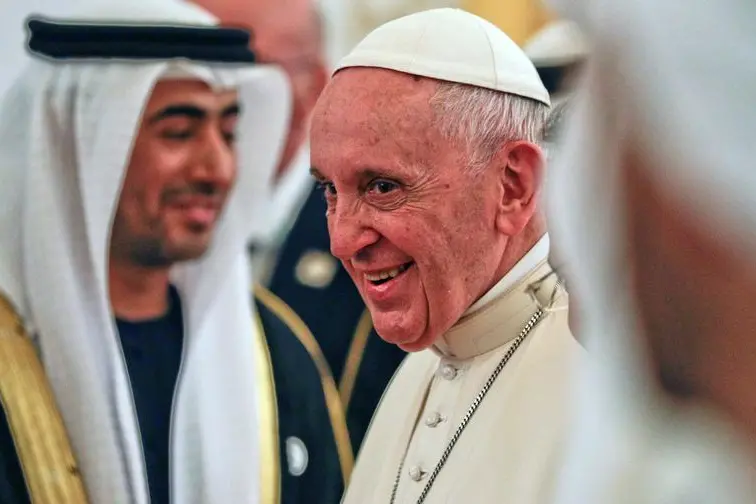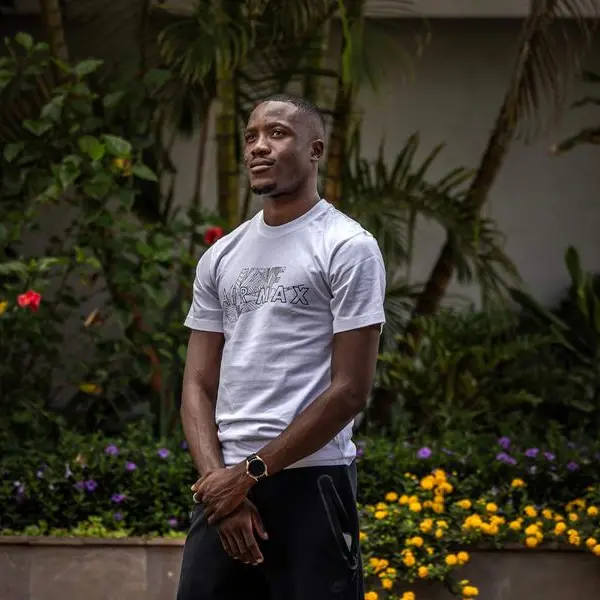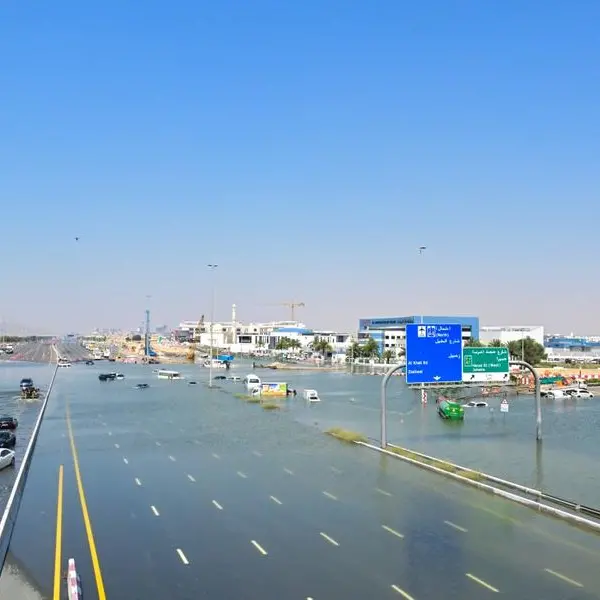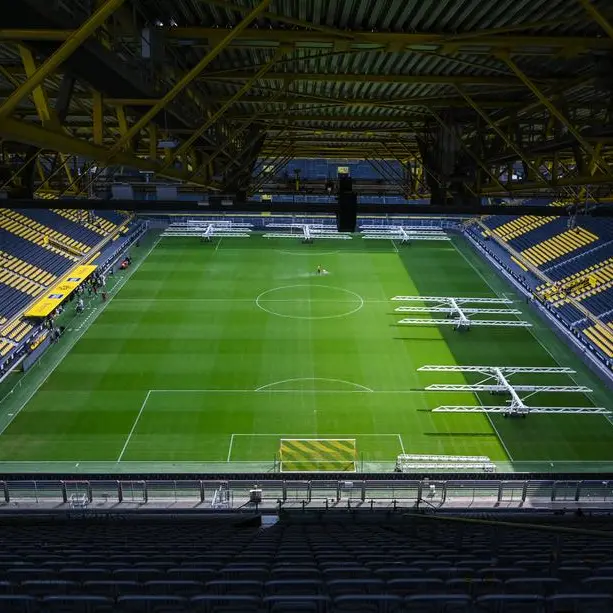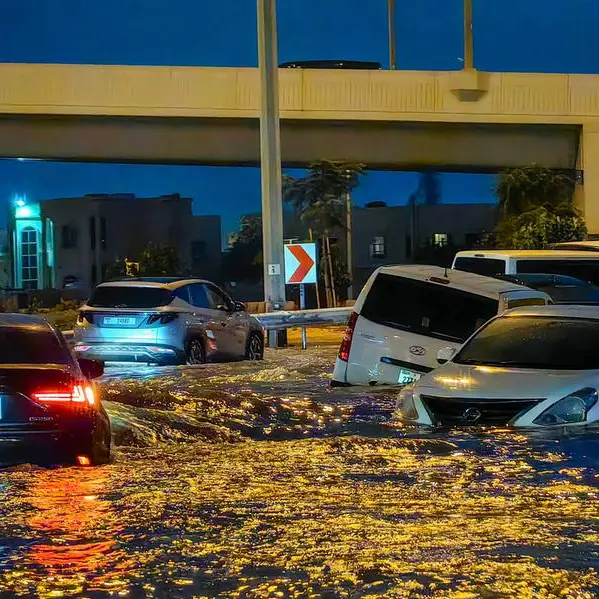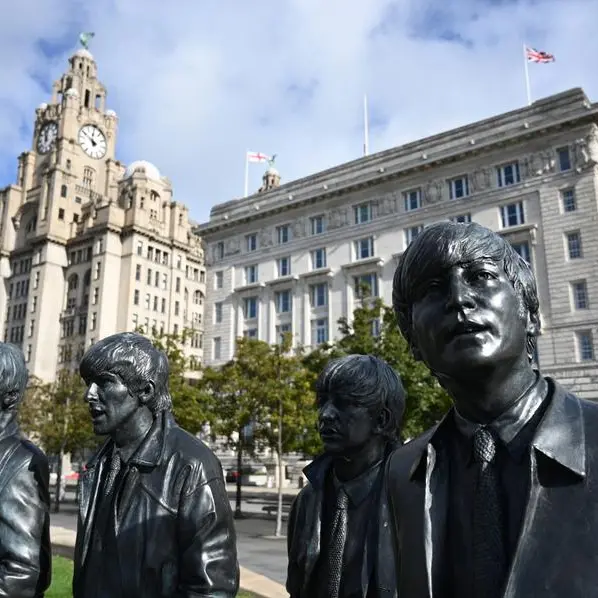PHOTO
Pope Francis, spiritual leader of the world’s more than 1.2 billion Roman Catholics, was on Sunday night due to land in the UAE the first Catholic pope to do so. This is an occasion of regional and global significance, which just a few years ago would have been unthinkable.
Francis’ three immediate predecessors visited Israel and Palestine, the birthplace of Christianity. His two immediate predecessors visited Jordan, which is counted as part of the Holy Land. John Paul II (who traveled more widely than any other Pope) visited Syria and Lebanon (both home to significant Christian populations), Egypt (where Jesus spent his early years as a refugee, and which is now home to 10 to 20 million Christians), Tunisia and Morocco. Francis himself has visited Egypt, Jordan, Israel and Palestine.
So why is the Pope’s visit to the UAE significant? First is the lack of a historic connection with Christianity or the Catholic Church. The UAE does have ancient ruined churches, such as the Nestorian Monastery at Sir Bani Yas, abandoned around 750 AD. There is well-established evidence of Christian communities throughout the Arabian Peninsula before the coming of Islam, attested to by the site of an ancient cathedral in Sanaa, Yemen, and other archaeological sites in Saudi Arabia and Kuwait. But, much like the monastery on Sir Bani Yas, after Islam spread across the peninsula, the institutional presence of Christianity faded away.
Thus it remained until the early 19th century, when the British arrived on the peripheries of the peninsula, bringing churches for the troops and administrators and, in some cases, bringing missionaries. The end of empire, particularly in the Gulf states, changed all of that but did not eradicate the presence of Christians. The booming economy of the Gulf caused an influx of migrant workers, many of them Christian.
It’s that second point that brings the Pope. According to the statistics of the Apostolic Vicariate of Southern Arabia (the administrative structure of the Catholic churches in the UAE, Oman and Yemen), there are nearly 1 million Catholics, many of them in the UAE. They are served by 57 priests and 16 churches. The Apostolic Vicariate of Northern Arabia (covering Saudi Arabia, Kuwait, Bahrain and Qatar) estimates a further 1.63 million Catholics in those countries. That’s more than 2.6 million Catholics in the Arabian Peninsula (not to mention a significant number of Christians from other denominations). To put that in context, the Catholic Church in Great Britain only estimates around 4.7 million members out of a broadly similar total population.
But there is a third, and arguably much more significant, element in the Papal visit, one that is only in part to do with the Catholic Church. That is the trend toward religious tolerance in the Peninsula. The UAE has been pursuing this path for many years, under the leadership of Sheikh Zayed Al-Nahyan, but it is not alone. Other countries in the Peninsula have been doing the same. Some years ago, I worked at a church in Yemen: An old garrison church reopened in Aden in the early 1990s following the country’s unification.
Saudi Arabia, too, is making steps in this direction for its non-Muslim residents. Crown Prince Mohammed bin Salman has made a point of visiting religious leaders particularly Christian leaders on his international visits. He recently invited the Coptic Pope to send a bishop to celebrate a Mass inside the country. Saudi Arabia will move slowly; there are many obstacles to overcome before it could provide the sort of environment for the religions of migrant workers that can be found in the UAE. But it is moving.
The fact is that globalization is changing the calculation both for religious and political leaders. Countries like the UAE don’t have an economy based on tourism (though there is plenty of it); it is based on business. Saudi Arabia may be oil-rich, but it is diversifying its economy and, even as it reduces the number of migrant workers in jobs that could be performed by Saudis, it still needs to attract workers from elsewhere. One of the features of a globalized economy is that, much as businesses can choose where to go for the best operating environment and tax regime, so too to some extent can workers.
There are considerations not only of salary, but also of living environment. To religious people, religious worship matters.
And so it becomes a public policy matter to ensure that foreign workers have religious provision.
But it is more than an economic decision. Sheikh Zayed’s wisdom in the UAE was that it was no stain on the country’s Islamic character to have a policy of tolerance toward the faith of non-Muslim residents; in fact, it was a duty of hospitality.
This is a message that is still taking root.
Globalization affects religious leaders too. Before the 1960s, Roman Catholic popes didn’t travel a great deal, or very far, at least not willingly (the first pope to travel out of Rome was Clement I, in 99AD, but he traveled in chains to his martyrdom). This changed partly in response to the fact that the Catholic Church was no longer a European church, but rather a global one. Where large numbers of Christians are found, one can expect global Christian leaders to go.
Globalization brings with it a great many problems, including how to maintain national identity and culture. It brings economic benefit, but dislocates populations. How a country deals with religious and cultural pluralism lies at the heart of many of the political difficulties in Europe and the US. The Pope’s visit is a positive sign that the UAE and the wider peninsula is responding to that changing world.
Peter Welby is a consultant on religion and global affairs, specializing in the Arab world. Previously, he was the managing editor of a think tank on religious extremism, the Center on Religion & Geopolitics, and worked in public affairs in the Gulf. He is based in London, and has lived in Egypt and Yemen. Twitter: @pdcwelby
Arab News: Copyright: Arab News © 2017 All rights reserved. Provided by SyndiGate Media Inc. ( www.Syndigate.info ).
Disclaimer: The content of this article is syndicated or provided to this website from an external third party provider. We are not responsible for, and do not control, such external websites, entities, applications or media publishers. The body of the text is provided on an “as is” and “as available” basis and has not been edited in any way. Neither we nor our affiliates guarantee the accuracy of or endorse the views or opinions expressed in this article. Read our full disclaimer policy here.
